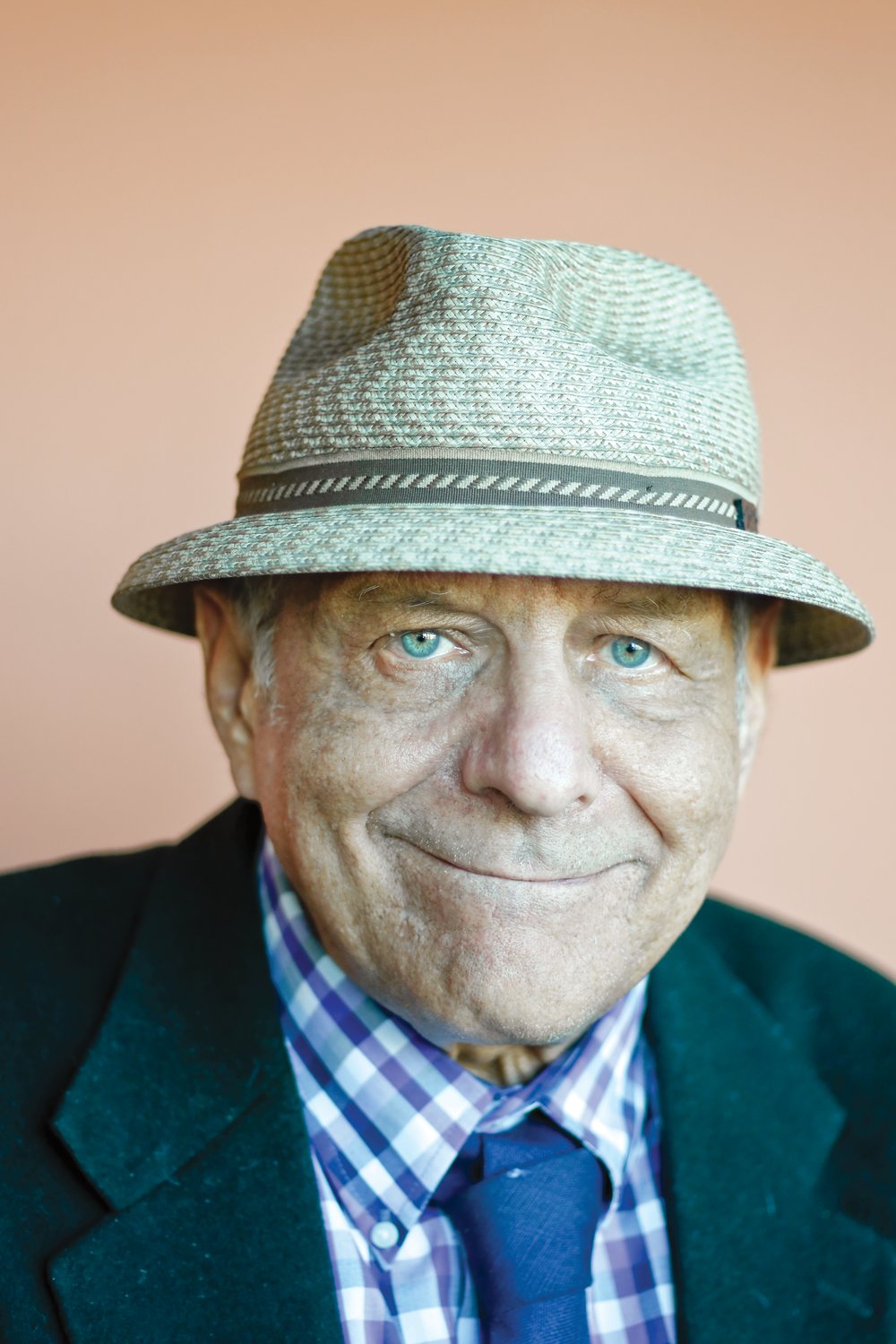I still plan to mask up
To mask or not to mask? That is the question — not only mine, but just about everyone else’s, too.
The confusion about the necessity of masks came from the very government agency that is supposed to make sense of these things, the Centers for Disease Control and Prevention. Over a week ago, the CDC announced dramatic changes in the way we live these days: People fully vaccinated against Covid-19 do not need to wear masks or practice physical distancing in virtually any indoor or outdoor setting.
Gov. Andrew Cuomo picked up from there, saying that vaccinated New Yorkers need not mask up, indoors or out. “You are safe,” he intoned.
So it’s all over? Covid is gone? Not at all.
Remember, the CDC also points out that only about 119 million Americans — about one-third of the population — have been fully vaccinated. To reach herd immunity, the agency says, some 75 to 80 percent of Americans would need to be vaccinated.
“Frankly, I was shocked,” said Dr. Leana Wen, an emergency physician, a visiting professor of health policy and management at the George Washington University Milken Institute School of Public Health and a frequent CNN contributor.
Same here, Dr. Wen. I’m fully vaccinated, but how do I know if the person standing next to me on the supermarket line is? I see wait staff at some restaurants who are masked. At others, they are not. I walk outside and some people are wearing masks, others are not. Is this what the CDC wanted, or expected? I don’t think many of us did.
What happens on the beach this summer? Who’s going to wear a mask, or even socially distance, on the sand? And how about concerts, where young people mostly didn’t wear masks even when the CDC said they should? Same with theaters. Sporting events, weddings, confirmations, bar and bat mitzvahs, funerals and backyard barbecues.
The reality is, we were never very good when it came to pandemics. How could we be?
The influenza pandemic of 1918-19 was the most deadly flu outbreak in history, killing up to 50 million people worldwide, including around 675,000 in the U.S. Various state and local governments issued warnings, put out guidance and tried to see that people followed the rules. Many did. Schools were closed, no-spitting ordinances were enforced, and people were encouraged to use handkerchiefs or disposable tissues in public.
But, like today, many refused to go along. Some complained that the masks were uncomfortable, ineffective and bad for business. Sound familiar? Even more familiar, some public officials were caught in public not wearing masks.
After World War I ended, the sense of patriotism that fueled people to take precautions faded rapidly. There were, like today, some dissenters who even formed an Anti-Mask League in San Francisco. At the time, there was much discussion and debate about the quality of masks, just as there is today. Many masks then were made of gauze, and people didn’t like how they looked.
“To entice people to get them to wear them, [cities] were pretty lax in terms of what people could wear,” wrote J. Alex Navarro, assistant director of the Center for the History of Medicine at the University of Michigan and one of the editors in chief of “The American Influenza Epidemic of 1918-1919: A Digital Encyclopedia.”
Just like today, fashion stepped in. “Influenza Veils Set New Fashion: Seattle Women Wearing Fine Mesh With Chiffon Border to Ward Off Malady” was the headline of a story in the Seattle Daily Times in 1918. Historians say that these fashionable masks were not made of the best material and did not much help the cause.
To add to the deep feeling of unease among many, we read daily of the horror that the coronavirus has caused in India. Brazil, parts of Europe and Mexico remain hard hit.
Are we opening up too quickly?
Right now, to me, anyway, our experts appear to be issuing guidelines that may be too early. They do not speak with one voice. And we are relying on them to get it right.
Eventually, they, and we, will get it right, and life will resume the way we remember it pre-pandemic. Until then, however, I will mask up. And I will continue to say what we have been saying to one another from the dark beginning: Stay well!
Jim Bernstein is editor of the Long Beach Herald. Comments about this column? JBernstein@liherald.com.

 47.0°,
Overcast
47.0°,
Overcast 




